Effects of Biomass Fast Pyrolysis Fuel on the Tribological Behaviour of Heavy-Duty Diesel Engine Lubricating Oil
Abstract
:1. Introduction
2. Experimental
2.1. Material and Apparatus
2.2. Characterisation
3. Results and Discussion
3.1. Friction Reduction and Wear Resistance
3.2. Surface Analysis
3.3. Wear Mechanism Analysis
4. Conclusions
Author Contributions
Funding
Informed Consent Statement
Acknowledgments
Conflicts of Interest
Abbreviations
| FFEO | Fully Formulated Engine Oil |
| EBF | Emulsified Biomass Fuel |
| DO | Number zero diesel |
| CBF | Crude Biomass Fuel |
| ECPT | Engine Cylinder Liner-Piston Ring Tribometer |
| SEM/EDS | Scanning Electron Microscope/Energy Dispersive Spectrometer |
| FT-IR | Fourier Transform InfraRed Spectrometer |
| F | Friction force (N) |
| U | Voltage (V) |
| L | Load (N) |
| Δm | Wear mass loss (mg) |
| m0 | Initial mass of the cylinder liner and piston ring (mg) |
| m1 | Mass of the cylinder liner and piston ring after the rubbing process (mg) |
| Ra | Surface roughness (μm) |
References
- Zhang, Q.; Chang, J.; Wang, T.; Xu, Y. Review of biomass pyrolysis oil properties and upgrading research. Energy Convers. Manag. 2007, 48, 87–92. [Google Scholar] [CrossRef]
- Dey, S.; Reang, N.M.; Das, P.K.; Deb, M. A comprehensive study on prospects of economy, environment, and efficiency of palm oil biodiesel as a renewable fuel. J. Clean. Prod. 2021, 286, 124981. [Google Scholar] [CrossRef]
- Ajayi, O.O.; Lorenzo-Martin, C.; Fenske, G.; Corlett, J.; Murphy, C.; Przesmitzk, S. Bioderived fuel blend dilution of marine engine oil and impact on friction and wear behavior. J. Tribol. 2016, 138, 021603. [Google Scholar] [CrossRef]
- Awang, M.S.N.; Zulkifli, N.W.M.; Abbas, M.M.; Zulkifli, S.A.; Kalam, M.A.; Ahmad, M.H.; Yusoff, M.N.A.M.; Mazlan, M.; Daud, W.M.A.W. Effect of addition of palm oil biodiesel in waste plastic oil on diesel engine performance, emission, and lubricity. ACS Omega 2021, 6, 21655–21675. [Google Scholar] [CrossRef] [PubMed]
- Chandran, D.; Gan, S.; Lau, H.L.N.; Raviadaran, R.; Salim, M.; Khalid, M. Critical relationship between biodiesel fuel properties and degradation of fuel delivery materials of a diesel engine. Therm. Sci. Eng. Prog. 2018, 7, 20–26. [Google Scholar] [CrossRef]
- Taib, N.M.; Zainuddin, M.S.; Mansor, M.R.A.; Ilham, Z. Performance and emission opacity of canola and soybean biodiesel fuel in a diesel engine. J. Mech. Eng. Sci. 2018, 12, 3689–3699. [Google Scholar] [CrossRef]
- Hu, E.; Hu, X.; Liu, T.; Fang, L.; Dearn, K.D.; Xu, H. The role of soot particles in the tribological behaviour of engine lubricating oils. Wear 2013, 304, 152–161. [Google Scholar] [CrossRef] [Green Version]
- Chiaramonti, D.; Bonini, M.; Fratini, E.; Tondi, G.; Gartner, K.; Bridgwater, A.V.; Grimm, H.; Soldaini, I.; Webster, A.; Baglioni, P. Development of emulsions from biomass pyrolysis liquid and diesel and their use in engines—Part 1: Emulsion production. Biomass Bioenergy 2003, 25, 85–99. [Google Scholar] [CrossRef]
- Yang, Y.; Brammer, J.G.; Ouadi, M.; Samanya, J.; Hornung, A.; Xu, H.; Li, Y. Characterisation of waste derived intermediate pyrolysis oils for use as diesel engine fuels. Fuel 2013, 103, 247–257. [Google Scholar] [CrossRef]
- Lu, Q.; Zhang, J.; Zhu, X. Corrosion properties of bio-oil and its emulsions with diesel. Chin. Sci. Bull. 2008, 53, 3726–3734. [Google Scholar] [CrossRef]
- Xu, Y.; Wang, Q.; Hu, X.; Li, C.; Zhu, X. Characterization of the lubricity of bio-oil/diesel fuel blends by high frequency reciprocating test rig. Energy 2009, 35, 283–287. [Google Scholar] [CrossRef]
- Masjuki, H.H.; Maleque, M.A. The effect of palm oil diesel fuel contaminated lubricant on sliding wear of cast irons against mild steel. Wear 1996, 198, 293–299. [Google Scholar] [CrossRef]
- Maleque, M.A.; Masjuki, H.H.; Ishak, M. Bio-fuel-contaminated lubricant and hardening effects on the friction and wear of AISI 1045 steel. Tribol. Trans. 1998, 41, 155–159. [Google Scholar] [CrossRef]
- Arumugam, S.; Sriram, G. Effect of bio-lubricant and biodiesel-contaminated lubricant on tribological behavior of cylinder liner–piston ring combination. Tribol. Trans. 2012, 55, 438–445. [Google Scholar] [CrossRef]
- Arumugam, S.; Sriram, G. Synthesis and characterisation of rapeseed oil bio-lubricant-its effect on wear and frictional behaviour of piston ring-cylinder liner combination. Proc. Inst. Mech. Eng. Part J J. Eng. Tribol. 2012, 227, 3–15. [Google Scholar] [CrossRef]
- Roman, K.; Barwicki, J.; Hryniewicz, M.; Szadkowska, D.; Szadkowski, J. Production of electricity and heat from biomass wastes using a converted aircraft turbine AI-20. Processes 2021, 9, 364. [Google Scholar] [CrossRef]
- Xu, Y.; Yu, H.; Wei, X.; Cui, Z.; Hu, X.; Xue, T.; Zhang, D.Y. Friction and wear behaviors of a cylinder liner–piston ring with emulsified bio-oil as fuel. Tribol. Trans. 2013, 56, 359–365. [Google Scholar] [CrossRef]
- Johansson, S.; Nilsson, P.H.; Ohlsson, R.; Rosén, B.-G. Experimental friction evaluation of cylinder liner/piston ring contact. Wear 2011, 271, 625–633. [Google Scholar] [CrossRef]
- Yu, H.; Xu, Y.; Hu, E.; Liu, T.; Hu, X. The tribological behaviors of micro-emulsified bio-oil under reciprocating sliding condition. Tribology 2013, 33, 622–629. [Google Scholar]
- Yu, H. Investigation of Corrosive Wear Behaviours of Biomass Fuel. Master’s Thesis, Hefei University of Technology, Hefei, China, 2013. [Google Scholar]
- Ramaprabhu, R.; Bhardwaj, O.; Abraham, M. Comparative study of engine oil characteristics in utility vehicles powered by turbo-charged direct injection diesel engines fuelled with biodiesel blend and diesel fuel. SAE Tech. Pap. 2008, 28, 0117. [Google Scholar]
- Hu, E.; Xu, Y.; Hu, X.; Pan, L.; Jiang, S. Corrosion behaviors of metals in biodiesel from rapeseed oil and methanol. Renew. Energy 2012, 37, 371–378. [Google Scholar] [CrossRef]
- Rewolinski, C.; Shaffer, D. Sunflower oil diesel fuel: Lubrication system contamination. J. Am. Oil Chem. Soc. 1985, 62, 1120–1124. [Google Scholar] [CrossRef]
- Keller, J.; Fridrici, V.; Kapsa, P.; Vidaller, S.; Huard, J.F. Influence of chemical composition and microstructure of gray cast iron on wear of heavy duty diesel engines cylinder liners. Wear 2007, 263, 1158–1164. [Google Scholar] [CrossRef]
- Shanta, S.M. Investigations of the Tribological Effects of Engine Oil Dilution by Vegetable and Animal Fat Feedstock Biodiesel On Selected Surfaces. Master’s Thesis, Bangladesh University of Engineering and Technology, Bangladesh, India, 2005. [Google Scholar]
- Xu, Y.; Zhou, L.; Hu, X. Preparation and corrosion behavior of homogeneous blends of biomass fuel/diesel. Trans. Chin. Soc. Agr. Eng. 2011, 27, 271–275. [Google Scholar]
- Lu, Q.; Yang, X.; Zhu, X. Analysis on chemical and physical properties of bio-oil pyrolyzed from rice husk. J. Anal. Appl. Pyrolysis 2008, 82, 191–198. [Google Scholar] [CrossRef]
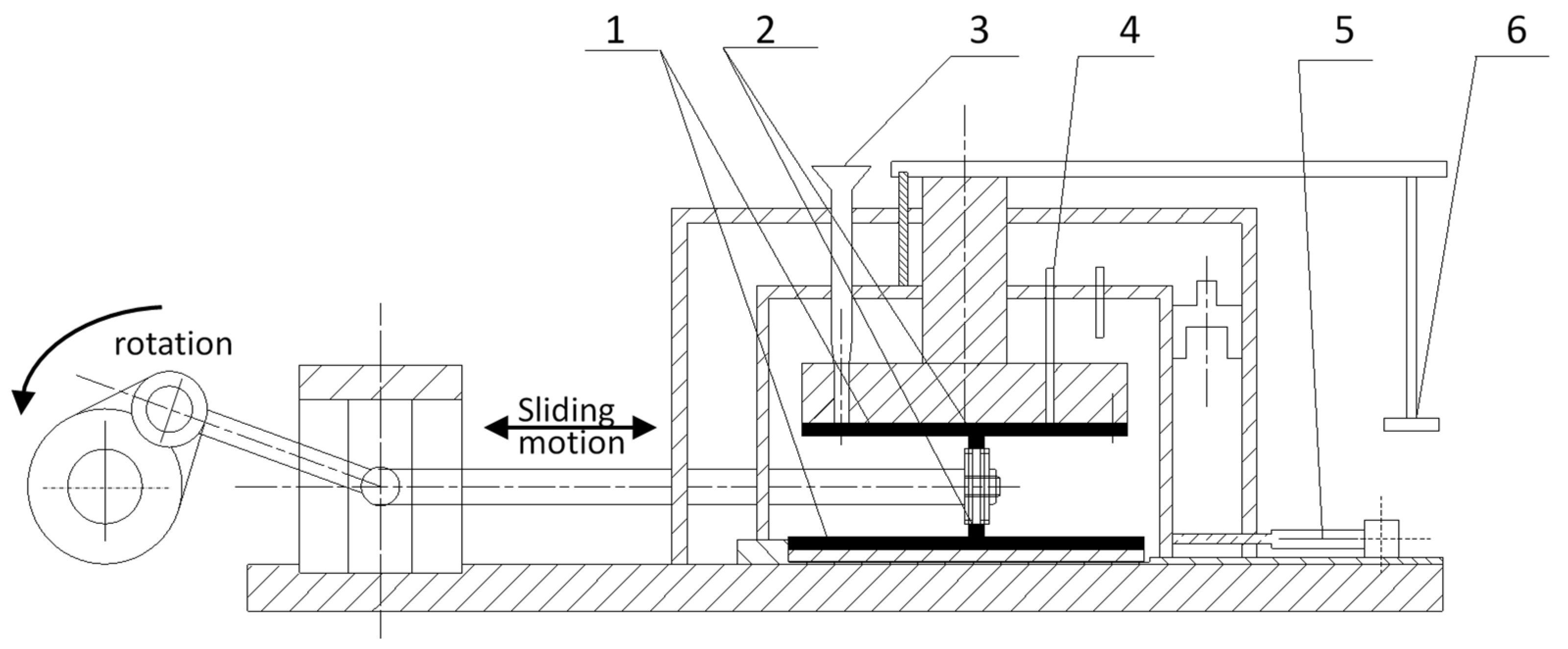
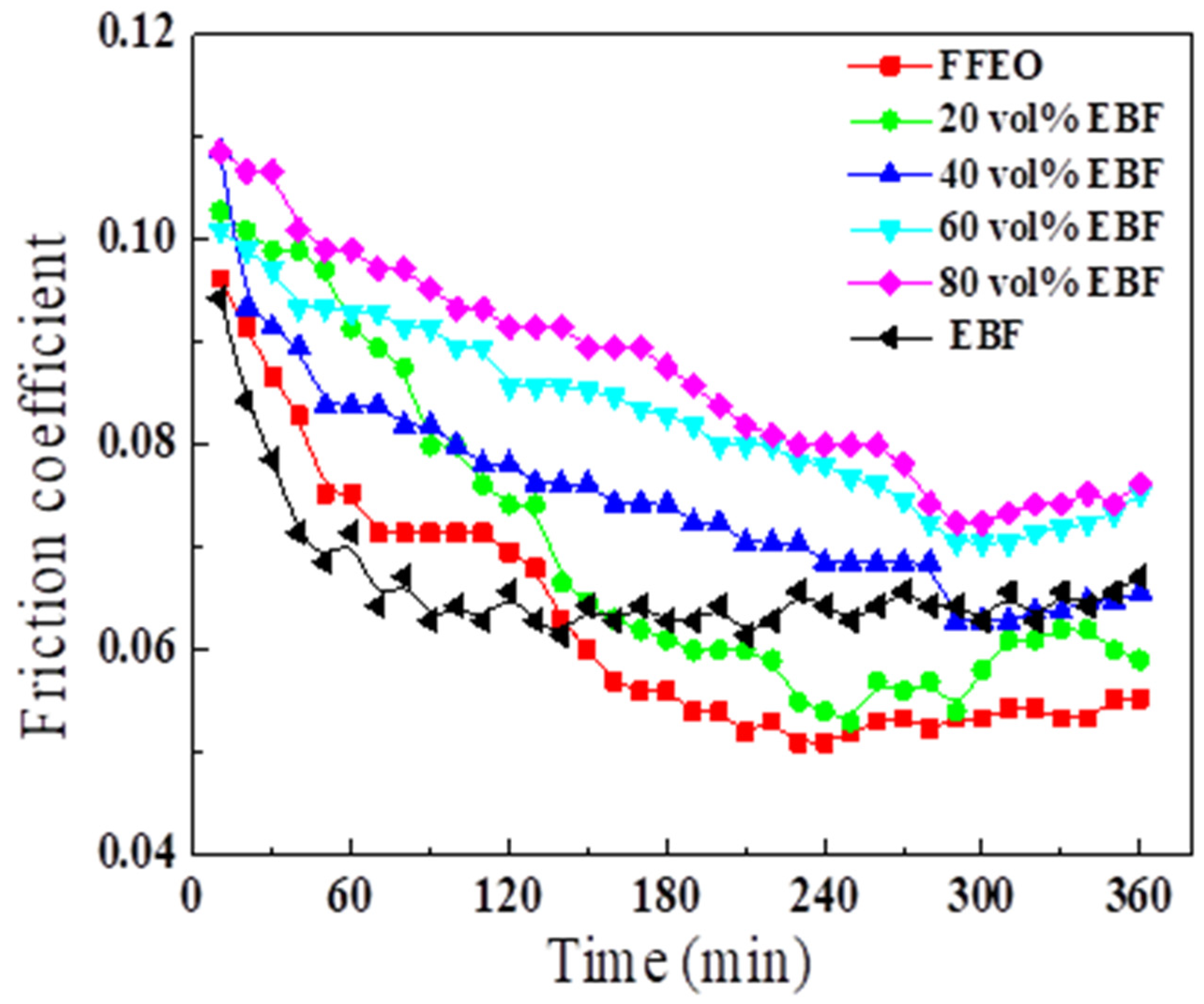
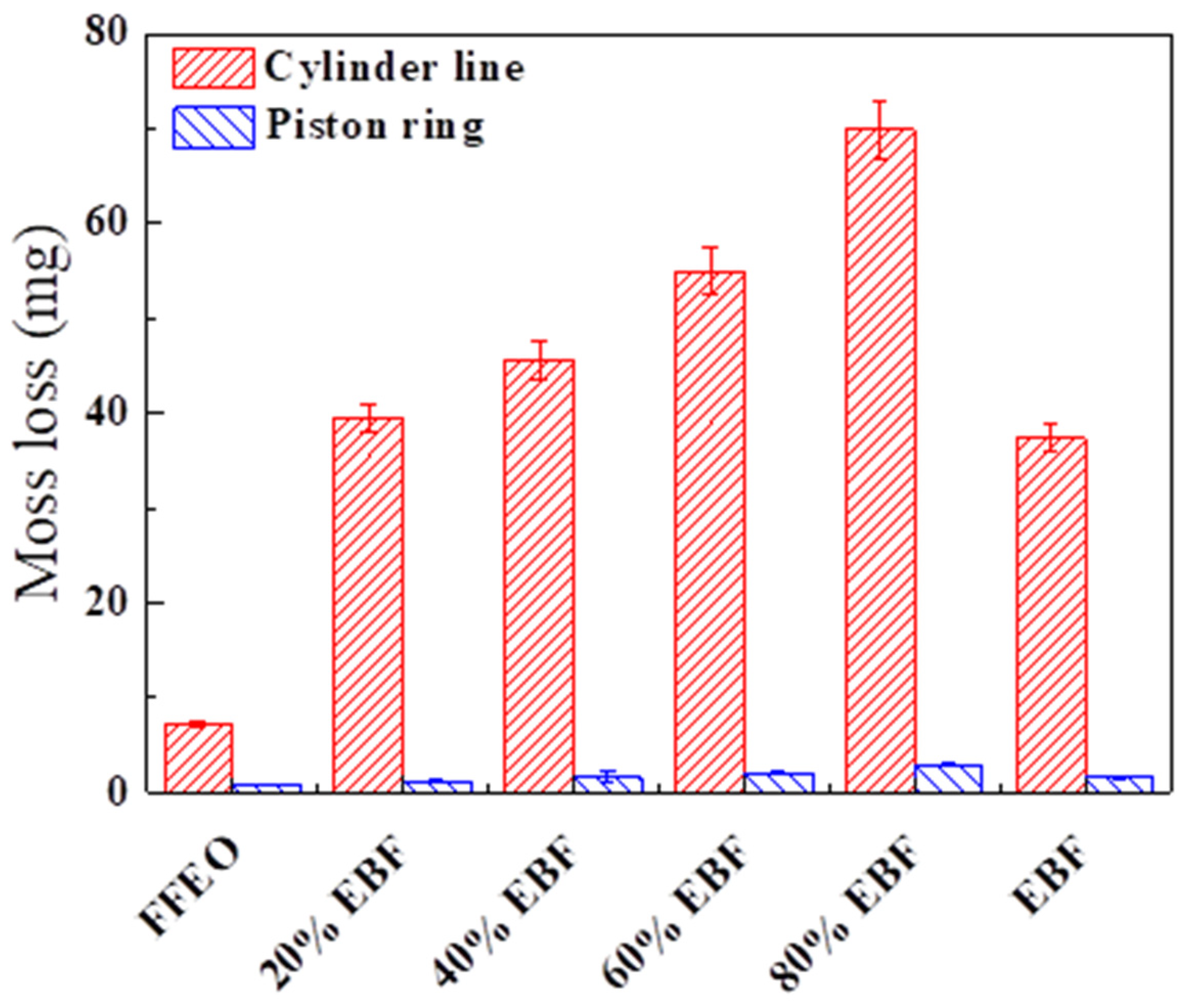
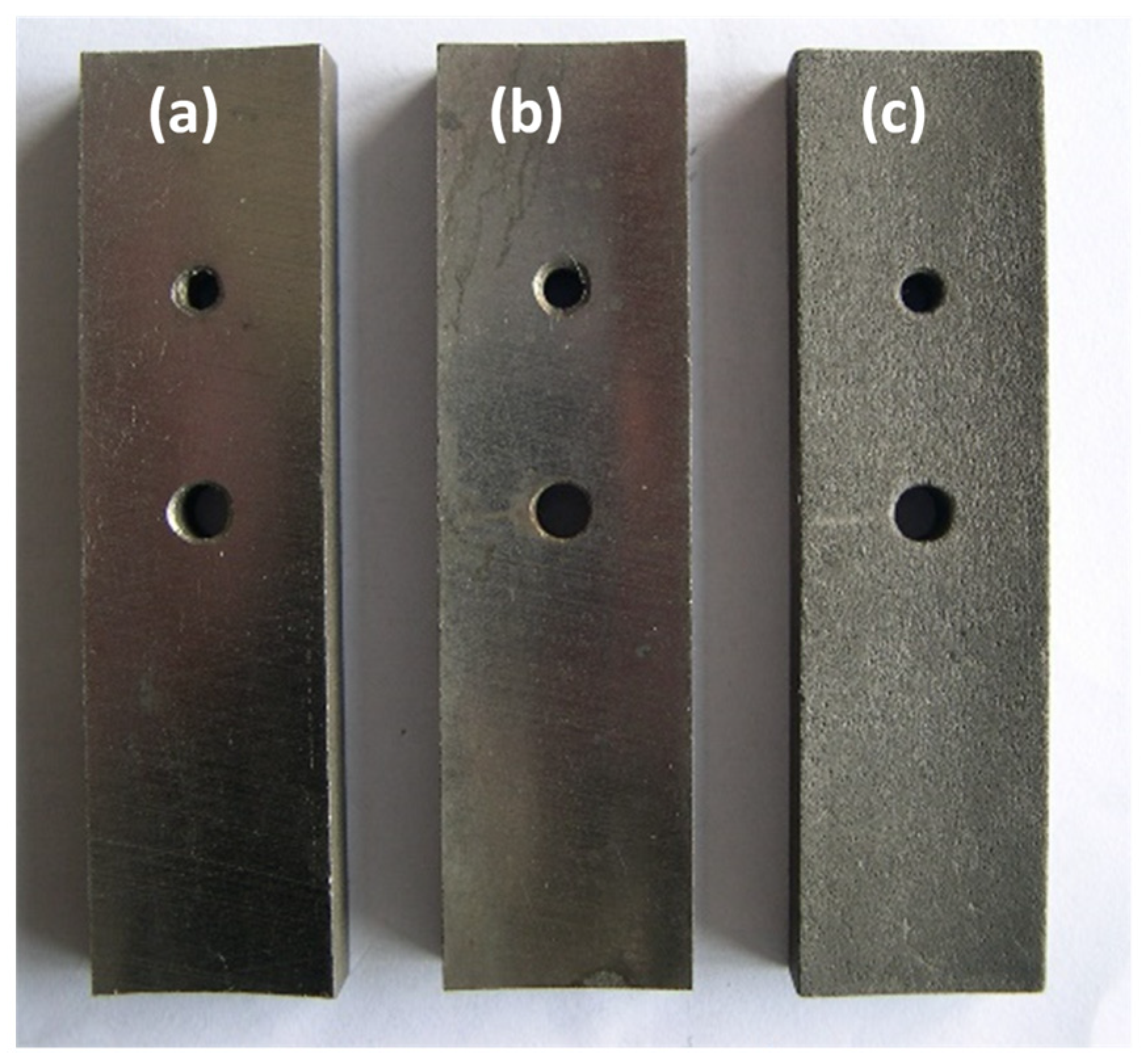
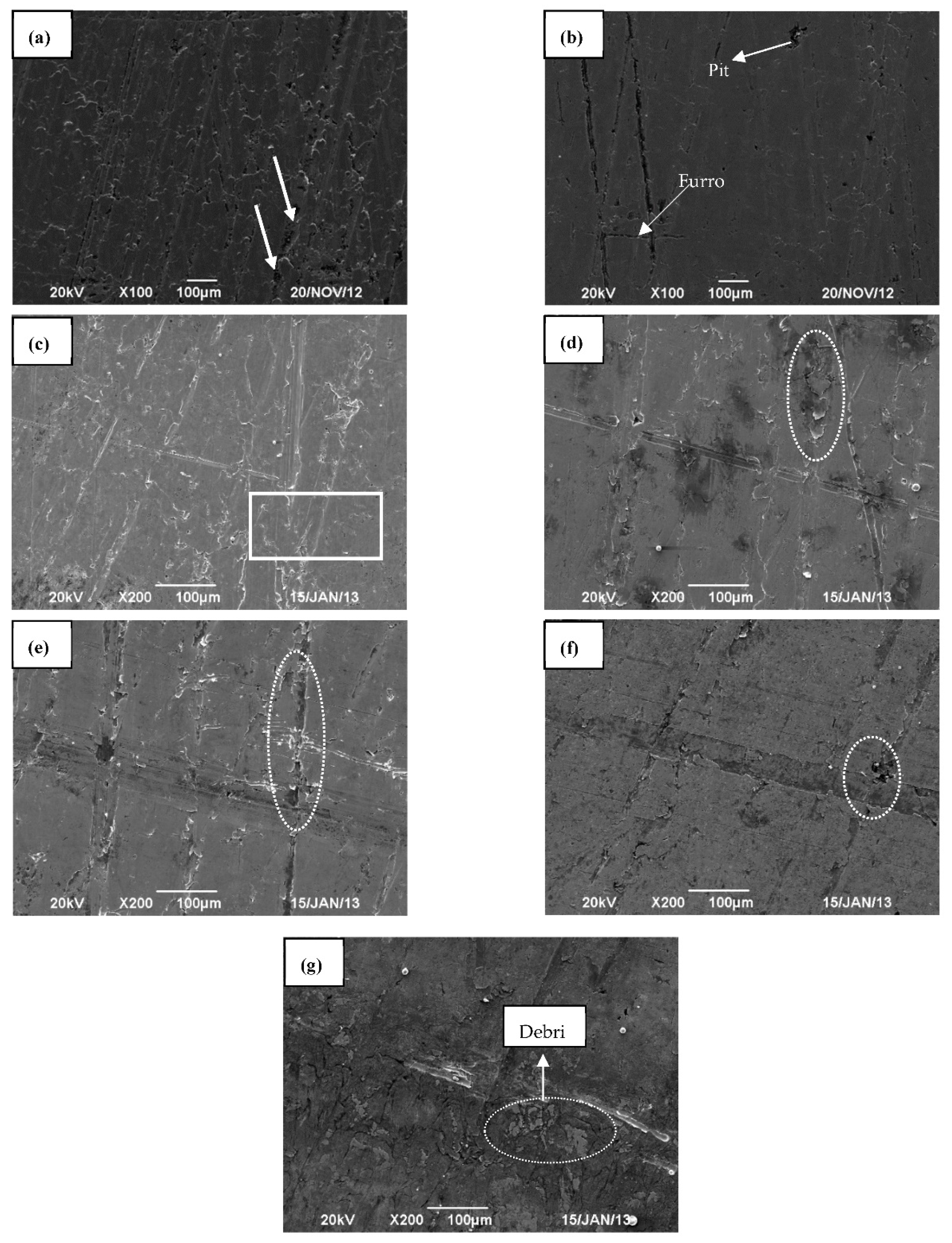
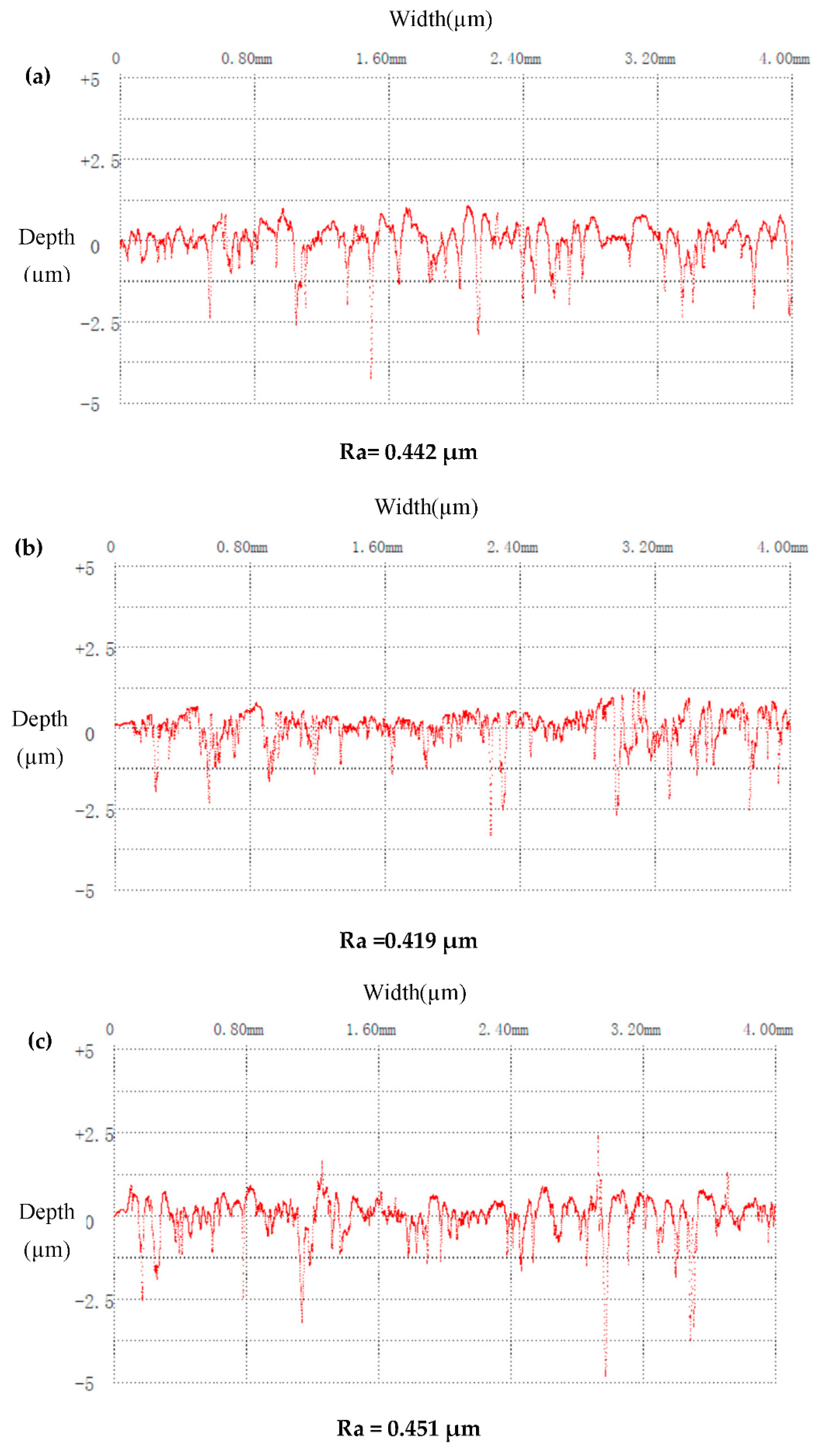
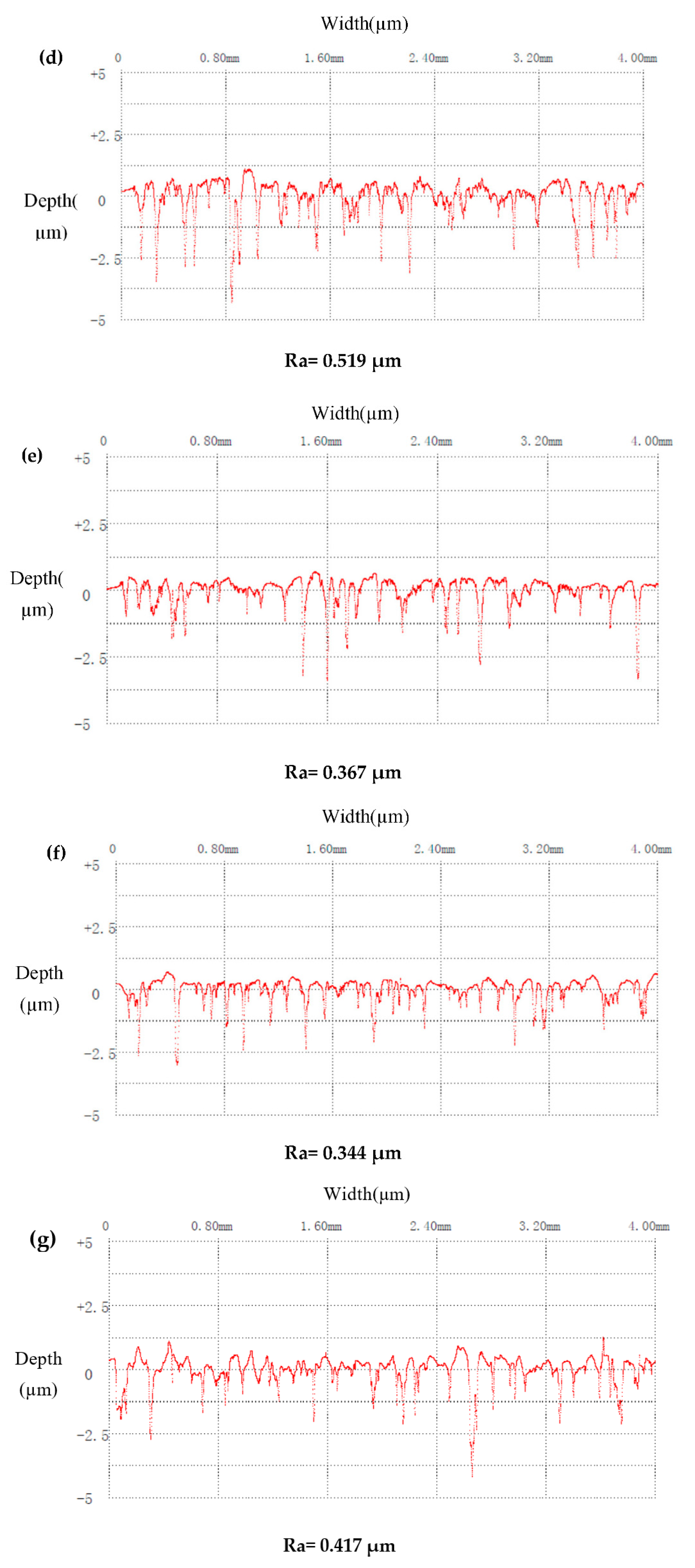
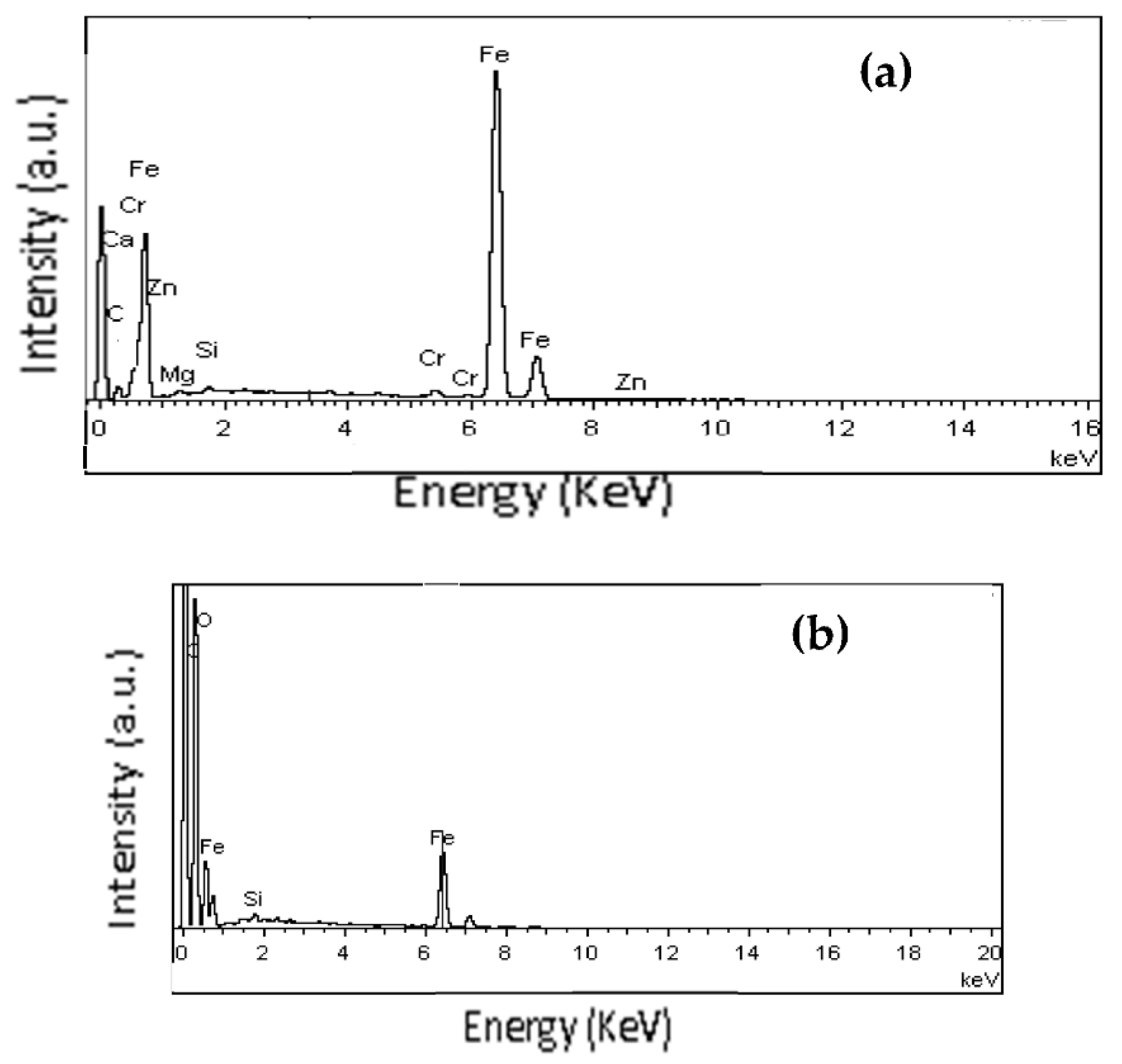

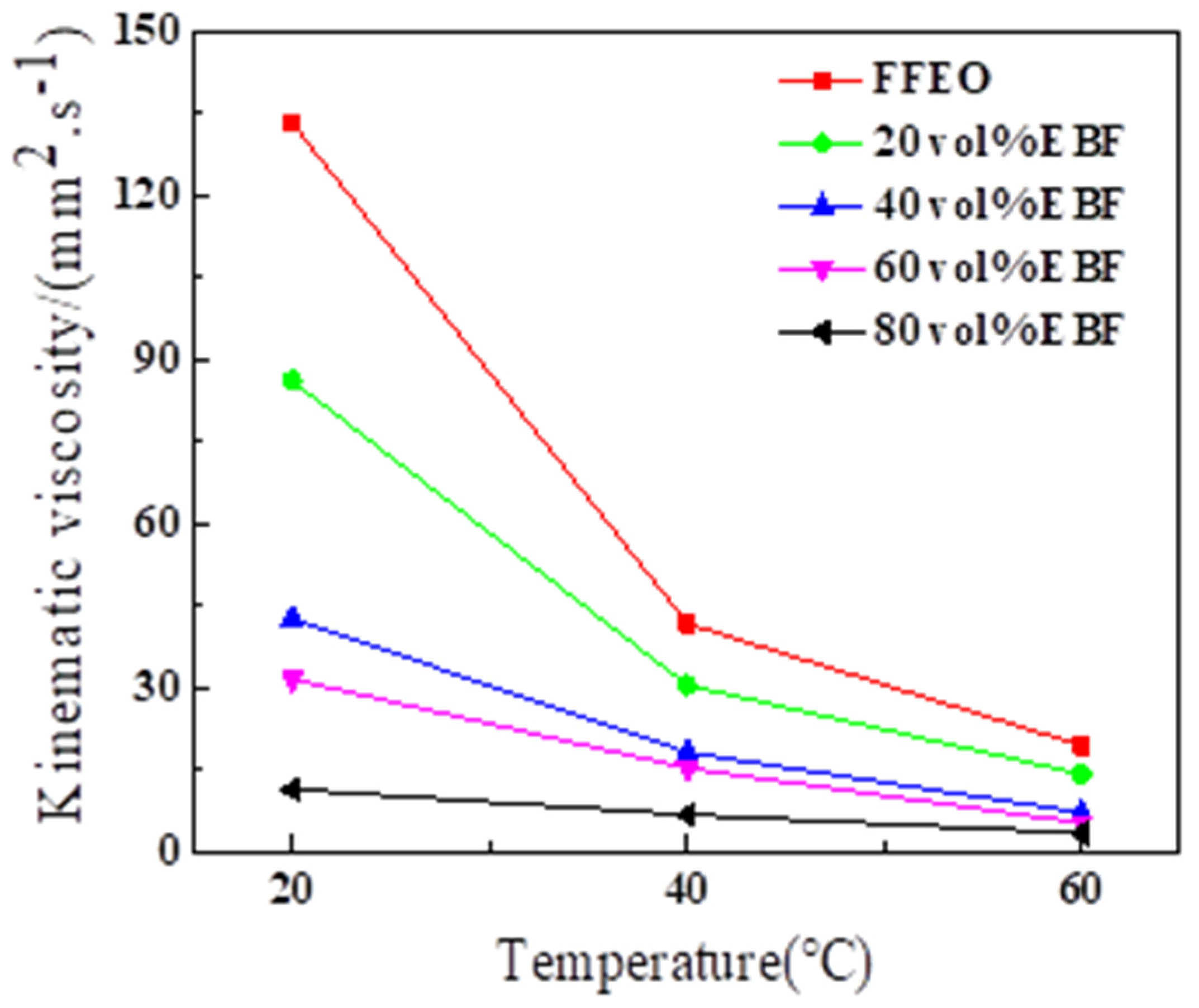

| RT (min) | Area (wt%) | Composition |
|---|---|---|
| 1.42 | 3.14 | Formaldehyde |
| 1.51 | 6.52 | Acetaldehyde |
| 1.61 | 3.14 | Hydroxyl acetaldehyde |
| 1.72 | 2.70 | Hydroxyl acetone |
| 1.82 | 0.96 | Butyric acid |
| 2.07 | 29.78 | Acetic acid |
| 2.6 | 3.54 | Glyceraldehyde |
| 2.77 | 3.27 | 3,4-Dihydroxyl-di hydro-furan-2-ketone |
| 2.86 | 6.83 | 2,2-Dimethoxy ethanol |
| 3.13 | 6.56 | Furfural |
| 3.5 | 3.47 | 2,5-Dimethyl-4-tetrahydrofuran |
| 4.27 | 0.43 | 4-hydroxy-acid |
| 4.51 | 0.74 | 5H-furan-2-ketone |
| 4.76 | 1.31 | 2,3-Dimethyl-central ethanol |
| 5.19 | 0.38 | 3-Methyl-5H-furan-2-ketone |
| 6.15 | 1.18 | Maple lactone |
| 6.59 | 1.57 | Phenol |
| 6.8 | 1.12 | O-Methyl phenol |
| 7 | 1.46 | Cresol |
| 7.79 | 1.78 | 2,6-Dimethyl phenol |
| 8.99 | 1.14 | 3,4-Dimethyl phenol |
| 9.7 | 1.31 | 4-Ethyl-phenol |
| 10.1 | 1.53 | 3-(2-hydroxyl-pheyl) acrylic acid |
| 10.81 | 3.53 | Catechol |
| 11.9 | 1.36 | 3-Methyl catechol |
| 12.7 | 0.24 | Vanilin |
| 12.86 | 0.71 | 4-Ethyl catechol |
| 14.73 | 9.95 | Fructose |
| 15.5 | 0.20 | 2,3,4-Trimethoxy benzaldehyde |
| 15.8 | 0.15 | 3-(4-hydroxyl-2-methyl-pheyl) acrolein |
| Items | DO | CBF | EBF | FFEO | Methods |
|---|---|---|---|---|---|
| C content (%, m/m) | 85.55 | 32.35 | 82.42 | - | GB/T 19143-2003 a |
| H content (%, m/m) | 13.49 | 8.36 | 13.23 | - | GB/T 19143-2003 a |
| O content (%, m/m) | 0.66 | 58.06 | 3.99 | - | GB/T 19143-2003 a |
| Heat Value (MJ·kg−1) | 47.25 | 17.15 | 45.91 | - | ASTMD240 |
| Density (kg·m−3, 20 °C) | 737.80 | 862.60 | 778.16 | 850 | ASTM D4052 |
| Kinematic viscosity (40 °C, mm2·s−1) | 2.71 | 2.10 | 3.09 | 110.6 | ASTM D445 |
| Solidifying point (°C) | −15 | <−58 | −14 | - | ASTM D5853 |
| Surface tensity (mN·m−1, 20 °C) | 31.1 | 37.6 | 33.7 | - | ASTM D1417 |
| Acid number (mg·KOH·g−1) | 0.12 | 33.10 | 0.82 | 0.035 | ASTM D664 |
| Water content(%, v/v) | Trace | 24.50 | 1.35 | Trace | ASTM D6304 |
| Item | Element Content (wt%) | |||||||
|---|---|---|---|---|---|---|---|---|
| C | O | Fe | Zn | Cr | Mg | Si | Ca | |
| Lubri a | 0.91 | - | 95.88 | 0.22 | 1.15 | 0.81 | 0.77 | 0.26 |
| Lubri b | 22.74 | 31.86 | 43.12 | - | - | - | 2.29 | - |
Publisher’s Note: MDPI stays neutral with regard to jurisdictional claims in published maps and institutional affiliations. |
© 2022 by the authors. Licensee MDPI, Basel, Switzerland. This article is an open access article distributed under the terms and conditions of the Creative Commons Attribution (CC BY) license (https://creativecommons.org/licenses/by/4.0/).
Share and Cite
Song, R.; Yu, H.; Song, H.; Hu, X. Effects of Biomass Fast Pyrolysis Fuel on the Tribological Behaviour of Heavy-Duty Diesel Engine Lubricating Oil. Appl. Sci. 2022, 12, 2360. https://doi.org/10.3390/app12052360
Song R, Yu H, Song H, Hu X. Effects of Biomass Fast Pyrolysis Fuel on the Tribological Behaviour of Heavy-Duty Diesel Engine Lubricating Oil. Applied Sciences. 2022; 12(5):2360. https://doi.org/10.3390/app12052360
Chicago/Turabian StyleSong, Ruhong, Huiqiang Yu, Hui Song, and Xianguo Hu. 2022. "Effects of Biomass Fast Pyrolysis Fuel on the Tribological Behaviour of Heavy-Duty Diesel Engine Lubricating Oil" Applied Sciences 12, no. 5: 2360. https://doi.org/10.3390/app12052360
APA StyleSong, R., Yu, H., Song, H., & Hu, X. (2022). Effects of Biomass Fast Pyrolysis Fuel on the Tribological Behaviour of Heavy-Duty Diesel Engine Lubricating Oil. Applied Sciences, 12(5), 2360. https://doi.org/10.3390/app12052360







